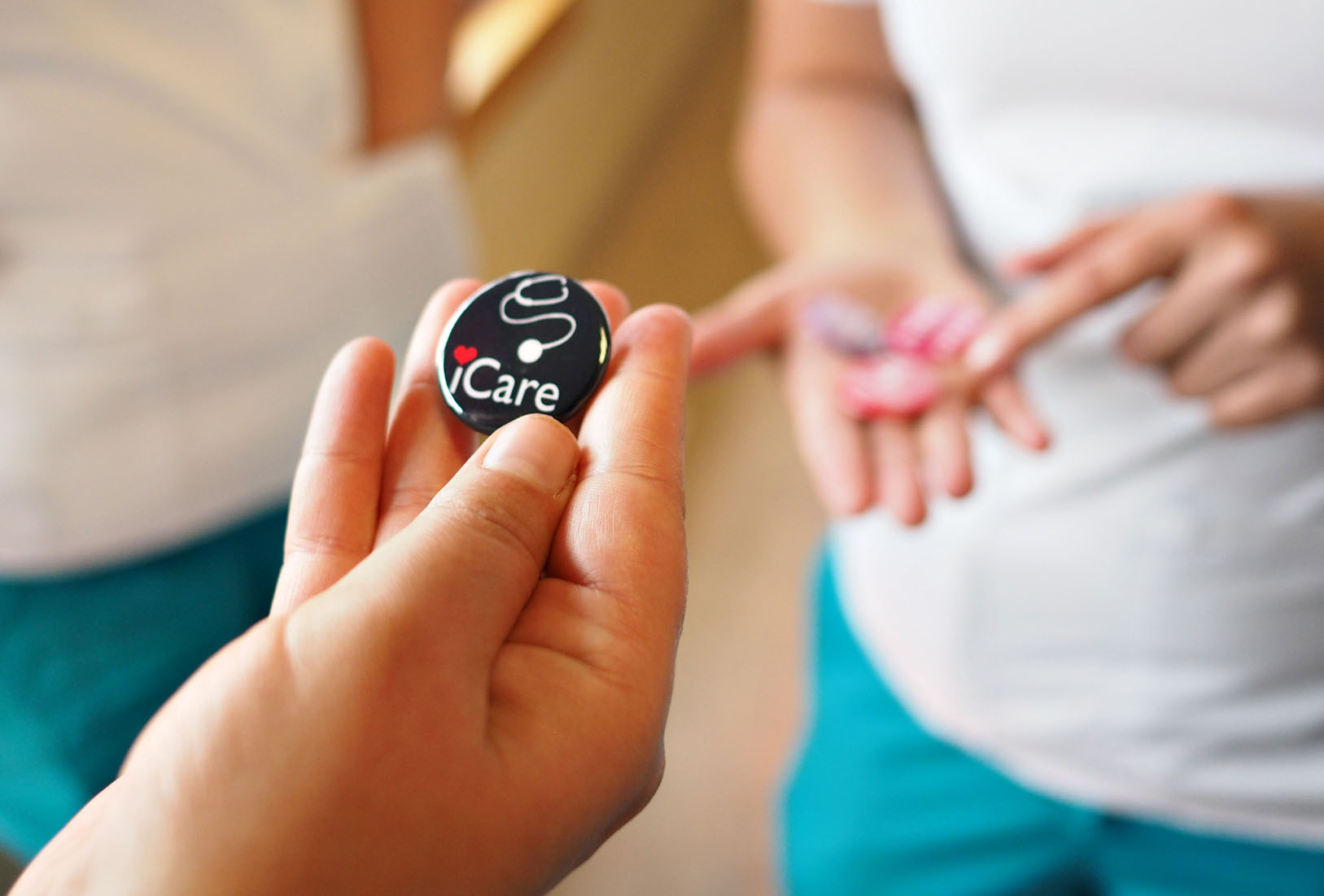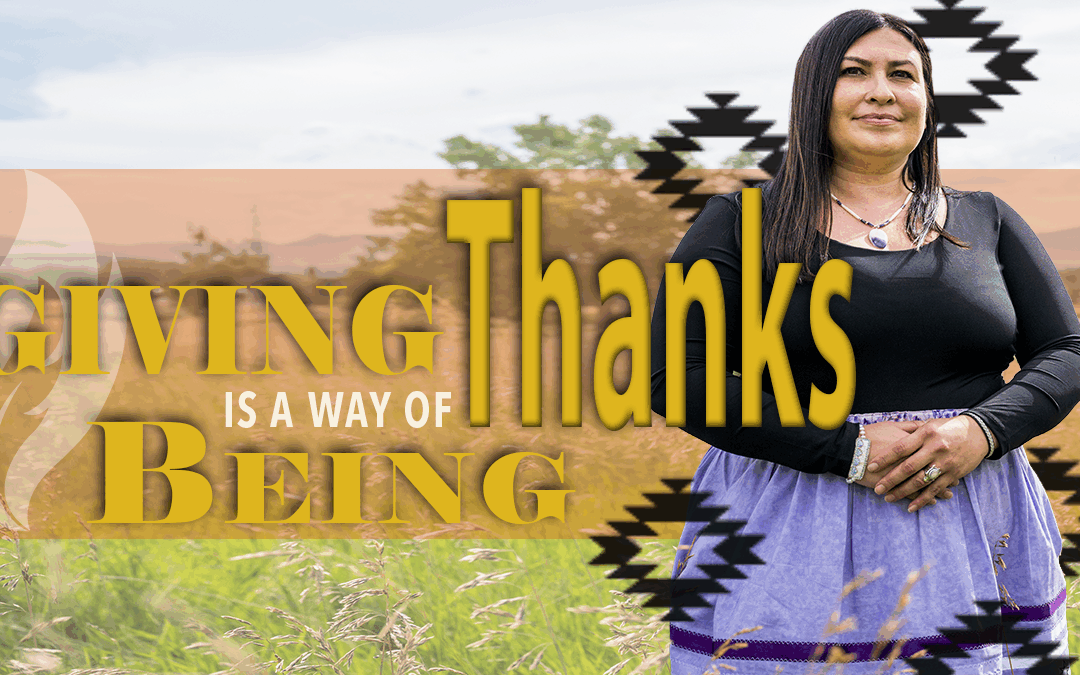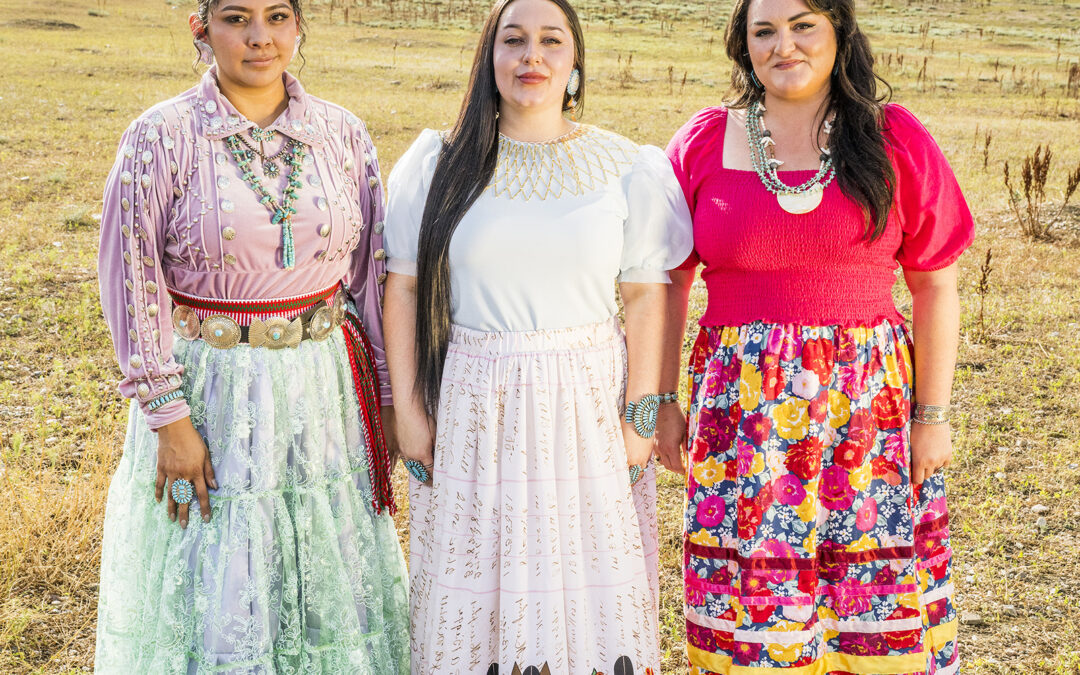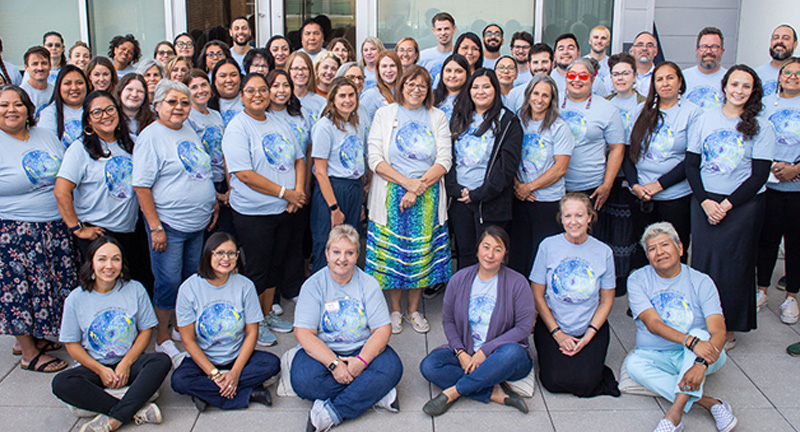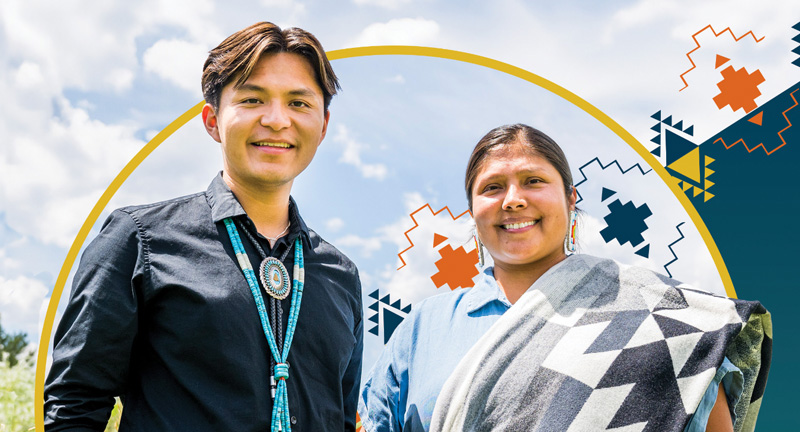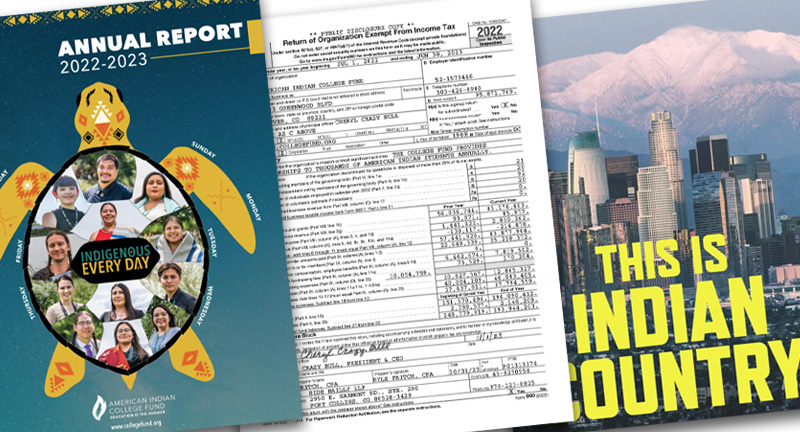Guest post by Mark Trahant
The Republicans failed at their attempt to rewrite the Affordable Care Act. That’s good for Indian Country. But health care in Indian Country could get even better. And better health care for Native Americans translates to a healthier economic and educational outlook.
Most politicians buy into the idea that Indian health is an expression of the promises made in treaties. Yet, at the same time, no politician has ever proposed full funding for that promise. (As in ever.)
Until that is, the Affordable Care Act. The law separates health care delivery from how that care is paid for by the government. Health care delivery is through the Indian health system: Indian Health Service clinics and hospitals plus the growing number of facilities operated by tribes and tribal organizations are the institutions that serve Native Americans. The way to pay for that health care delivery is with insurance. This is money that comes from several sources: employers (including tribes), public insurance such as Medicaid and Medicare, or private policies sold by the exchanges.
Nationally that mix of funding comes from about 80 percent appropriations paid directly to Indian health and about 20 percent from insurance. But, and this ought to be huge, the insurance side of the equation under the Affordable Care Act is unlimited. That pool of money grows every time an eligible American Indian or Alaska Native signs up for insurance. This makes full-funding of Indian health a possibility. (Even better: Insurance collections remain at the local clinic or hospital. It really is the best kind of funding.)
There are three ways to add money to Indian health.
First: More American Indians and Alaska Natives can sign up for Medicaid. The fact is there are many more people eligible than have enrolled. The Kaiser Family Foundation estimates that nationwide one million American Indians and Alaska Natives lack coverage (depending on the state). Already Medicaid covers more than half of all children but 11 percent of those children remain uninsured.
Second: More American Indians and Alaska Natives can sign up for exchange plans under the Affordable Care Act. This is huge. According to healthcare.gov “If you get services from an Indian Health Care Provider, you won’t have any out-of-pocket costs like co-payments, coinsurance, or deductibles, regardless of your income. (This benefit also applies to Purchased and Referred Care.).” And this benefit has essentially a permanent open enrollment period.
Signing up for insurance (including plans from an employer) makes the Indian health system stronger for everyone. It’s the same principle as any insurance; the larger the pool of people who participate, the lower the cost.
Third: It’s time to make the case for Medicaid expansion in state governments that have said no. Now that the Affordable Care Act remains the law of the land there remains unequal funding. States can remedy that by expanding Medicaid eligibility (even while trying some of the conservative experiments such as imposed work rules). It’s a win for Indian Country when a state does this because it increases the number of people eligible for insurance. It’s a win for the state because Indian health patients are a 100 percent federal obligation so the state will be reimbursed by Washington.
There is something else here worth noting: In most communities health is a source of employment. That’s true in Indian Country, too. As more Native Americans become insured the number of jobs will grow. And as more Native American children become insured, they will do better in school. And as more Native American teenagers and young adults have insurance, there will be more access to health care and mental health care, helping ensure better success in higher education pursuits, all ensuring that an educated Native American workforce is prepared to fill the number of growing jobs.
Mark Trahant is the Charles R. Johnson Endowed Professor of Journalism at the University of North Dakota. He is an independent journalist and a member of The Shoshone-Bannock Tribes. On Twitter @TrahantReports

